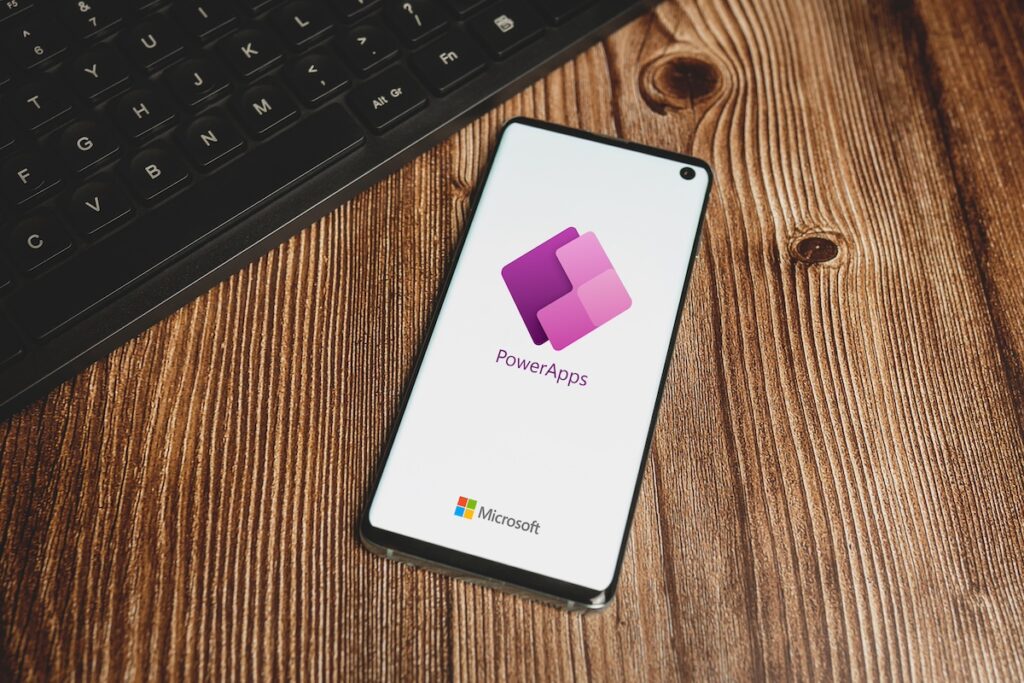Offline-First, Smarter Mobile Experiences with Power Apps


If you’ve ever tried using a mobile app in a spotty Wi-Fi zone or while roaming, you know the frustration. Sync errors, slow loading, or a dreaded “please check your connection” message. But with the latest updates in Power Apps, Microsoft is making mobile experiences smarter, leaner, and more resilient, especially for users on the go.
The 2025 Release Wave 2 brings a handful of enhancements that make offline-first development not just possible, but practical. Whether you’re building apps for field workers, remote teams, or anyone who operates outside the office, these updates are worth a closer look.
Wi-Fi-Only Sync: Save Data, Stay in Control
One of the most useful new features is the Wi-Fi-only sync toggle for Canvas apps. This lets users restrict offline data synchronization to Wi-Fi connections only. It’s a simple setting, but it solves the real-world problem of mobile data overages.
Imagine a technician in a rural area using a Power App to log service visits. With this toggle enabled, the app won’t try to sync over cellular networks, which can be slow, expensive, or unreliable. Instead, it waits until the device connects to Wi-Fi before pushing updates.
This feature is especially helpful in industries like utilities, construction, and healthcare, where mobile workers often operate in low-connectivity environments. It’s also great for international teams dealing with roaming charges or limited data plans.
You can enable this setting through the Device Status page in the mobile app, giving users control over how and when their data syncs.
Offline Database Sync: Smarter, More Predictable
Offline capabilities in Power Apps aren’t new, but they’re getting a serious upgrade. The new offline database sync feature gives developers more control over how data is stored, accessed, and updated when users are offline.
Instead of relying on patchy caching or manual sync logic, apps can now use structured offline databases that mirror Dataverse tables. This means:
- Faster access to data when offline
- More reliable syncing when back online
- Better support for complex data relationships
With Power Apps now supporting offline databases by default, it’s easier than ever to design with mobility in mind.
Modern Controls and Responsive Templates
Offline features are only part of the story. Microsoft is also rolling out modern controls and responsive templates that make mobile apps look and feel better.
These updates include:
- Cleaner layouts that adapt to screen size
- Touch-friendly controls for easier navigation
- Simplified headers and menus for faster access
Combined with offline-first design, these enhancements help create apps that feel native, intuitive, and reliable, whether you’re on a phone, tablet, or rugged field device.
Copilot for Mobile Users: Smarter Form Filling
Copilot isn’t just for makers anymore. With the latest updates, Copilot assists mobile users during form filling by suggesting values, auto-completing fields, and even visualizing data.
This is especially helpful when users are entering repetitive or structured data. For example, if a field worker is logging equipment status, Copilot might suggest common values based on previous entries or context.
It’s a small touch, but it reduces friction and speeds up data entry, especially on smaller screens.
Real-World Scenarios
Here are a few examples of how these features come together:
- Field Inspections: A government inspector uses a Power App to log site visits. The app stores inspection data offline and syncs only when Wi-Fi is available, saving mobile data.
- Retail Inventory: A store manager updates stock levels using a tablet. The app uses offline databases to access product info and syncs changes at the end of the day.
- Healthcare Outreach: A nurse records patient data during home visits. Copilot helps fill forms quickly, and the app syncs securely when back at the clinic.
In each case, the app is designed to work with the user—not against their environment.
Tips for Building Offline-First Apps
If you’re ready to explore these features, here are a few tips:
- Use offline databases to mirror key Dataverse tables
- Enable the Wi-Fi-only sync toggle to give users control
- Design with responsive templates to support multiple devices
- Add Copilot assistance to simplify form filling
- Test your app in real-world conditions—low signal, airplane mode, etc.
And don’t forget to communicate with your users. Let them know how offline sync works, when data will update, and what to expect if they’re disconnected.
Final Thoughts: Mobility Without Compromise
Power Apps is evolving to meet users where they are. Literally. With smarter offline features, better controls, and AI-powered assistance, mobile apps are becoming more reliable, more intuitive, and more user-friendly.
Whether you’re building for the field, the floor, or the front line, these updates help you deliver experiences that work anywhere. And that’s a win for everyone.

